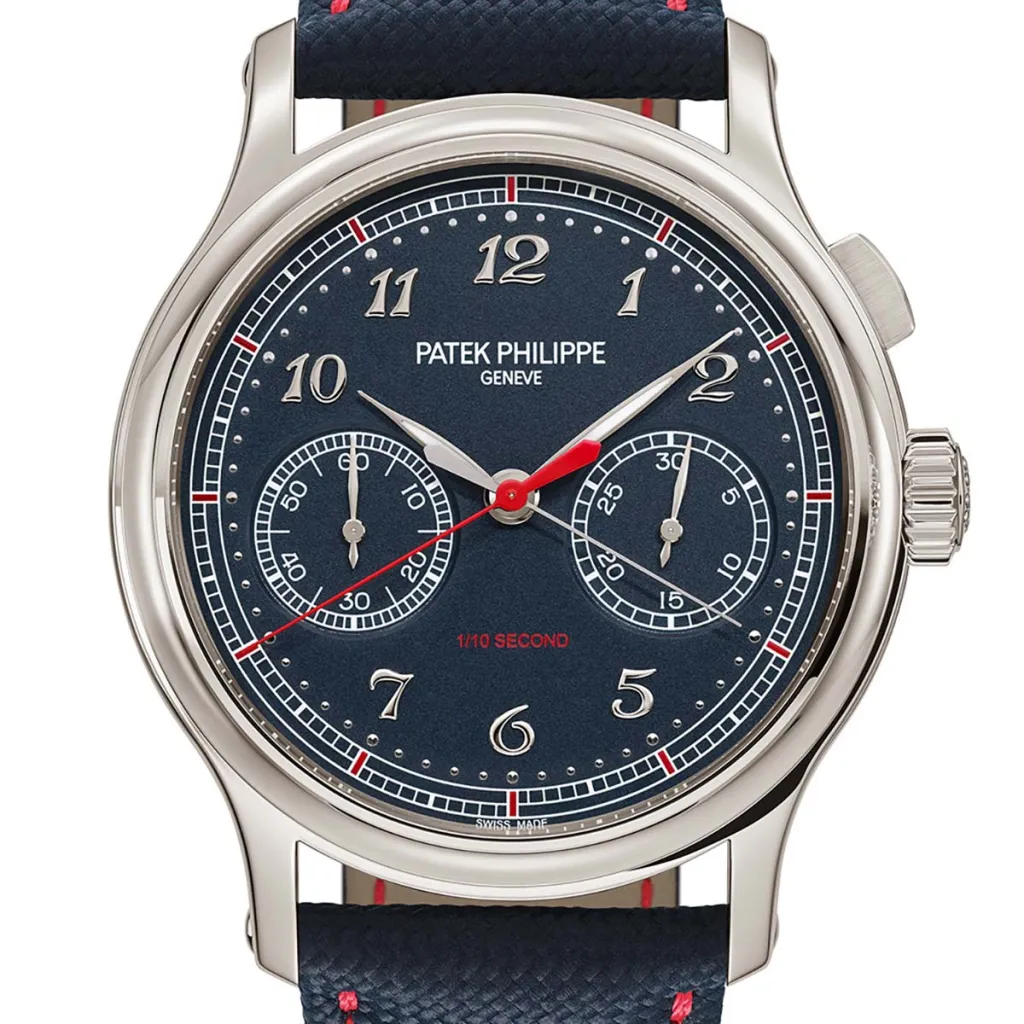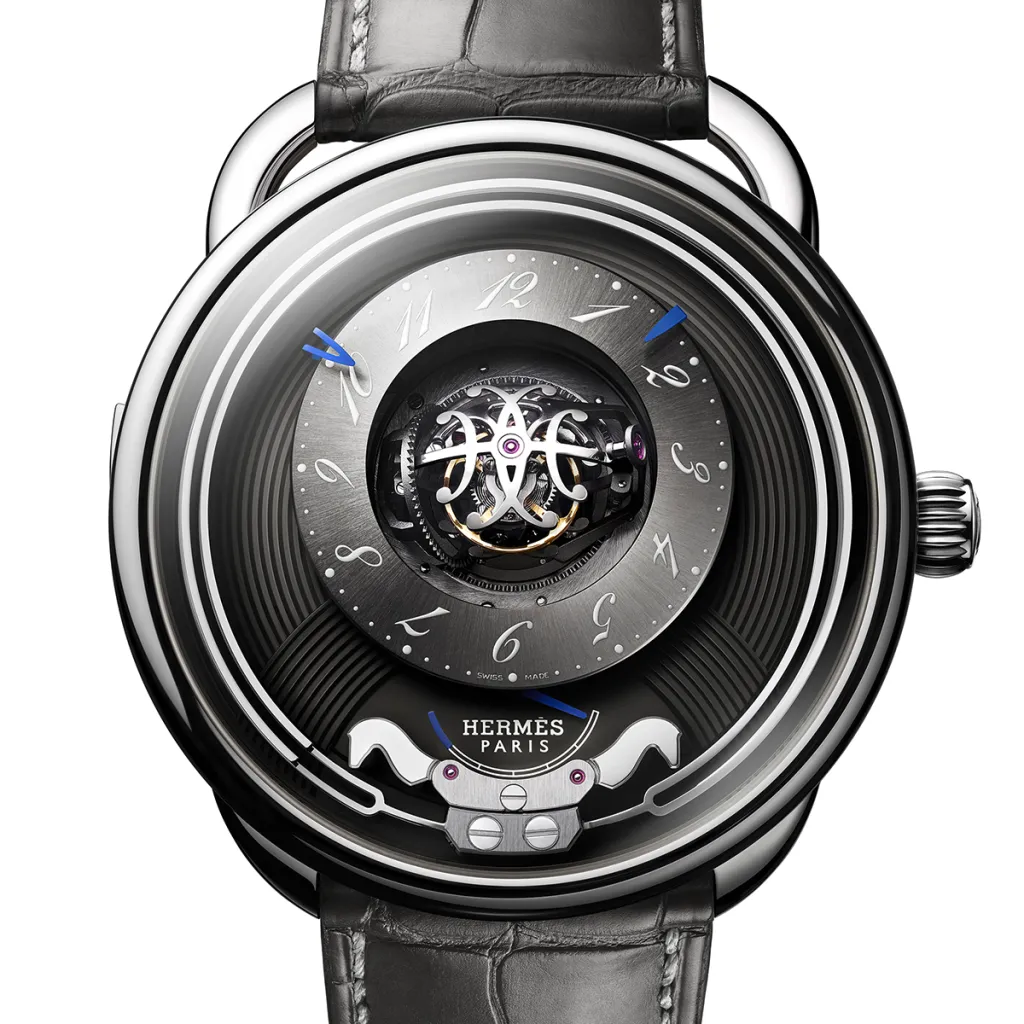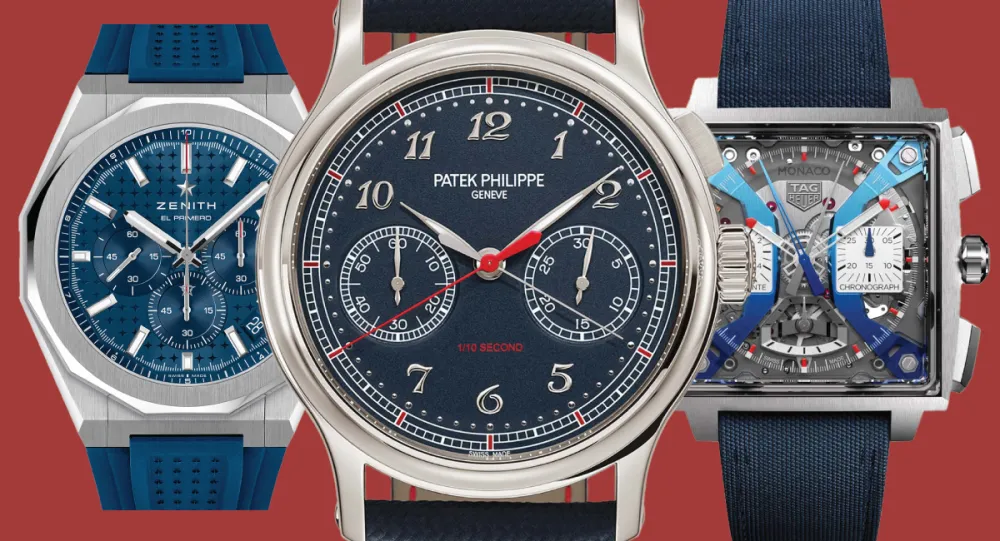When it comes to horology, high-frequency watches are the pinnacle of innovation, precision, and workmanship. Extremely precise and showcasing state-of-the-art watchmaking technology, these clocks frequently vibrate at a staggering pace of 36,000 beats per hour. Here, we take a look at some of the world’s most costly high-frequency timepieces, which are all true works of art in their own right.
A History of High-Frequency Timepieces
The advent of high-frequency watches, which oscillate at a faster rate than conventional clocks, shook up the watch market. Vibrations per hour (vph) range from 28,800 for a standard mechanical watch to 36,000 for high-frequency versions. These watches are guaranteed to be accurate to within a few seconds per day thanks to the enhanced frequency, which enables more precise timekeeping.
The quest for more accurate mechanical watches sparked the development of high-frequency timepieces in the middle of the twentieth century. These timepieces were revolutionary when they were introduced, and they raised the bar for what a watch could do in the field of horology.

Reasons Why High-Frequency Is Important for Watchmaking
When it comes to producing precise watches, high-frequency is crucial because of its effect on accuracy. Higher frequencies mitigate the effect of environmental variables like gravity, temperature, and motion on the accuracy of the watch’s timekeeping. Because of this, high-frequency timepieces are improved in terms of accuracy and reliability in different environments.
Beyond their technical capabilities, high-frequency timepieces have a certain allure for collectors. With their complex and intricate movements, they display the highest level of craftsmanship in the watchmaking industry. Due to their restricted manufacturing and intricate design, these movements are in great demand among collectors and enthusiasts.
High-Frequency Timepieces That Break the Bank 1. Zenith Defy El Primero 21
The Zenith Defy El Primero 21 is a monument to Zenith’s illustrious history in high-frequency watchmaking. Its 50 Hz (360,000 vph) movement allows it to measure time accurately to the nearest hundredth of a second. The watch’s dual-chain construction separates the timekeeping and chronograph functions, guaranteeing exceptional accuracy.
Beyond its technical prowess, the Defy El Primero 21 stands as a masterpiece. With its striking skeletonized dial and contemporary style, it is sure to be a conversation starter in any setting. The materials and personalization options selected determine the pricing, which can go up to $12,000 for this work of art.
- The Carrera Mikrograph by TAG Heuer
Honoring innovation and precision, TAG Heuer presents the Carrera Mikrograph. It revolutionized the field as the first mechanical clock with a precision of one-hundredth of a second. The watch records every second with pinpoint accuracy thanks to its 360,000 vph movement.
The Mikrograph is an heirloom for watch collectors due to its historical importance and modern aesthetic. Particularly for limited edition versions, the price of this high-frequency wonder might reach $50,000.

- Clock 7727 by Breguet Classique Chronométrie
An exquisite example of how tradition and innovation may coexist is the Breguet Classique Chronométrie 7727. This watch runs at 10 hertz (72,000 volts per hour) and has a magnetic pivot system that makes it more accurate and less frictional.
The Classique Chronométrie 7727 exemplifies Breguet’s dedication to producing high-quality timepieces. The guilloché dial and other intricate details give it a beautiful look that will never go out of style. Due to the high level of craftsmanship involved, the price of this watch might go above $40,000.
What Drives Up the Cost of High-Frequency Timepieces
The exorbitant price tag of these remarkable watches is due to more than one thing. The intricacy of the motion is the primary concern. Incorporating thousands of unique parts, high-frequency timepieces necessitate sophisticated engineering and meticulous workmanship. The price is also heavily influenced by the materials used, which might include expensive alloys and precious metals.
These timepieces may be worth more or less depending on the brand’s history and standing in the market. The prestige and rarity of high-frequency models from storied watchmaking houses like Zenith, TAG Heuer, and Breguet is enhanced by their lengthy histories of producing exceptional timepieces.
High-Frequency Watches of the Future
The prospects for high-frequency timepieces are bright as technology keeps improving. Watchmakers are able to push the limits of what is feasible in terms of accuracy and durability because of innovations in materials, such as silicon components. Developments in micro-engineering are making even more intricate and accurate motions possible.
But high-frequency watches’ allure will never go away; it stems from the fact that they combine old and new. These watches are the epitome of mechanical watchmaking perfection, and as they age and become more scarce, their value will rise.
In summary
In addition to telling time, high-frequency timepieces are works of art that honor human creativity and the will to achieve perfection. Due to their meticulous construction and breathtaking detailing, these exquisite timepieces are the pinnacle of watchmaking art. Looking ahead, high-frequency timepieces will remain a magnet for collectors and fans, serving as enduring representations of artistry and accuracy.








